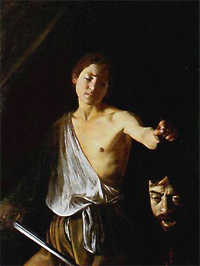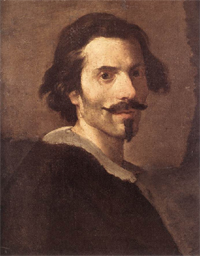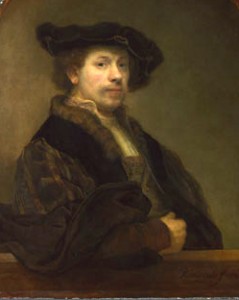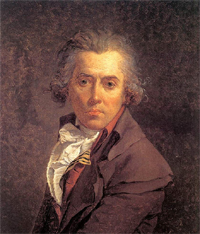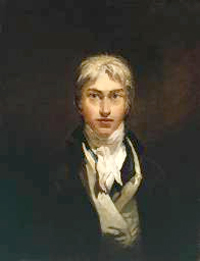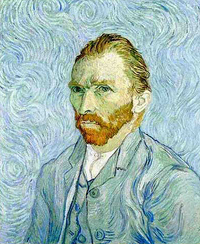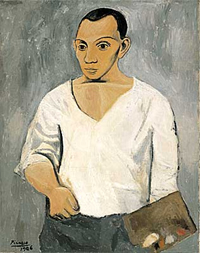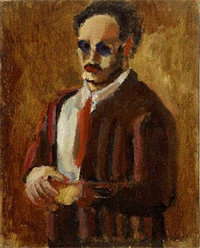A walk along the Zaltbommel waterfront today. I wasn't the only one checking up on…
Going towards high drama
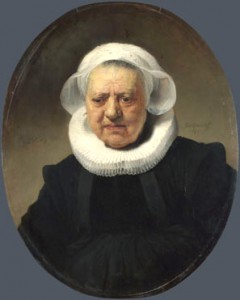 I’ve been reading The Power of Art by Simon Schama – read his ‘Rembrandt’s Eyes‘ this summer and wanted more – this man can really write! So I checked out a copy of the Power of from the local library and went for a ride – almost literally, ’cause I read most of it on the train to and from Amsterdam where I have a small teaching assignment.
I’ve been reading The Power of Art by Simon Schama – read his ‘Rembrandt’s Eyes‘ this summer and wanted more – this man can really write! So I checked out a copy of the Power of from the local library and went for a ride – almost literally, ’cause I read most of it on the train to and from Amsterdam where I have a small teaching assignment.
Schama focuses on the creation and story behind a single, pivotal artwork by eight giants of western art: Caravaggio, Bernini, Rembrandt, David, Turner, van Gogh, Picasso and Rothko. He really keeps the tales of these artists going towards high drama, which makes the book a joy to read. The only big minus that I see is that the book’s reproductions are all in black-and-white, which is no good to anyone at all. A quote:
“No painter had ever made those ordinary faces become so materially, so fleshily present. This is never mere anatomical inventory. Rembrandt understood that we read each other emotively; that the arc of an eyebrow, the angularity of the chin, the prominence of cheekbones hammer on an already tuned keyboard of sympathies and distastes. Although he had at his command the full repertoire of technique, it’s often when he’s at his roughest and freest that Rembrandt engages our sympathies most fully, managing to convey the illusion of close familiarity. Sketchiness, after all, is an invitation to collaboration. Our sensibilities complete what the artist has begun. And we only look that attentively at those to whom we’ve already given our sympathy. ”
What I like best about the Power of is that Schama gives an insight in how these artists positioned their paintings: almost to a man (no women about exept on canvas) they had the instincts of theatre set designers. Very interesting to see what tricks these giants had up their sleeves to bridge the distance between painting and audience, to make the painting grab the space in front of it’s flat surface and the space behind it, too. Seems painting isn’t as flat as I had thought it to be.
Another top idea of Schama is to write about the function the self-portrait had for these artists – I did a couple of self-portraits this summer just because I felt like it, then stumbled upon this tradition. These men were looking into the mirror and making faces as a way to get to grips with big emotions. Bernini for one went really far in this: ” … but he took this identification [with the martyrdom of the Holy Laurentius, who was toasted on a griddle] to extremes by placing his 0wn leg against the side of a hot brasier. Either he looked in a mirror while he was performing this exercise in tutelary masochism, or he had someone hold it as he sketched the expression of pain on his own face.”
I’ve checked the gentlemen’s self- portraits on the ‘net for masochism. Thought it had gone out with the 17th century, then remembered van Gogh’s ear.
Caravaggio, Davide con la testa di Golia (1609-10), Galleria Borghese
Bernini, Self-portrait, ca 1638, Galleria Borghese
Rembrandt, Self-portrait at age 34, National Gallery
David, Self-portrait, 1971, Galleria degli Uffizi
Turner, Self-portrait, 1798, Tate Gallery
Van Gogh, Self-portrait, 1889, Musee d’Orsay
Picasso, Self-portrait, 1906, Philadelphia Museum of Art
Rothko, Self-portrait, 1936, Christopher Rothko Collection
